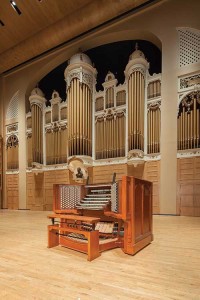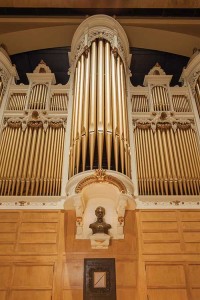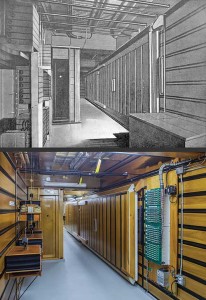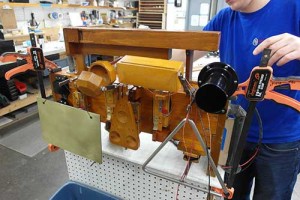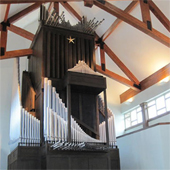The American Guild of Organists has been awarded a grant by the National Endowment for the Arts (NEA) to support educational programming in 2015 and new music commissioned for the AGO National Convention in Houston, Texas, June 19–23, 2016. The $20,000 NEA “Art Works” grant will support Pipe Organ Encounters for youth and adults, performances and workshops at all seven AGO Regional Conventions, the Guild’s professional certification program for organists and choral conductors, and new music commissions. While the Guild has benefitted from NEA support for the past five consecutive AGO National Conventions, the 2015 grant represents the first support the Guild has received for its educational programs and regional conventions.
“This grant covers the full breadth of the AGO’s educational activities for current and prospective members as well as our programs of outreach to the public,” stated AGO Executive Director James Thomashower. “The NEA’s funding sends an uplifting message to the entire organ community: our instrument and its music are vitally important to the American people. The award validates the AGO’s ongoing efforts to ensure that music for the organ is created by talented composers, performed by skilled musicians, and appreciated by the widest audience possible. It is an honor for the Guild to be recognized by the NEA, the most prestigious independent federal agency in the United States responsible for funding and promoting artistic excellence, creativity, and innovation.”
NEA Chairman Jane Chu added, “I am pleased to be able to share the news of our support through Art Works including the award to the American Guild of Organists. The arts foster value, connection, creativity, and innovation for the American people. This grant demonstrates those attributes and affirms that the arts are part of our everyday lives.” Art Works grants support the creation of art, public engagement with art, lifelong learning in the arts, and enhancement of the livability of communities through the arts. The NEA received 1,474 eligible applications under the Art Works category, requesting more than $75 million in funding. Of those applications, 919 were recommended for grants for a total of $26.6 million. For a complete listing of projects recommended for Art Works grant support, please visit the NEA website.
